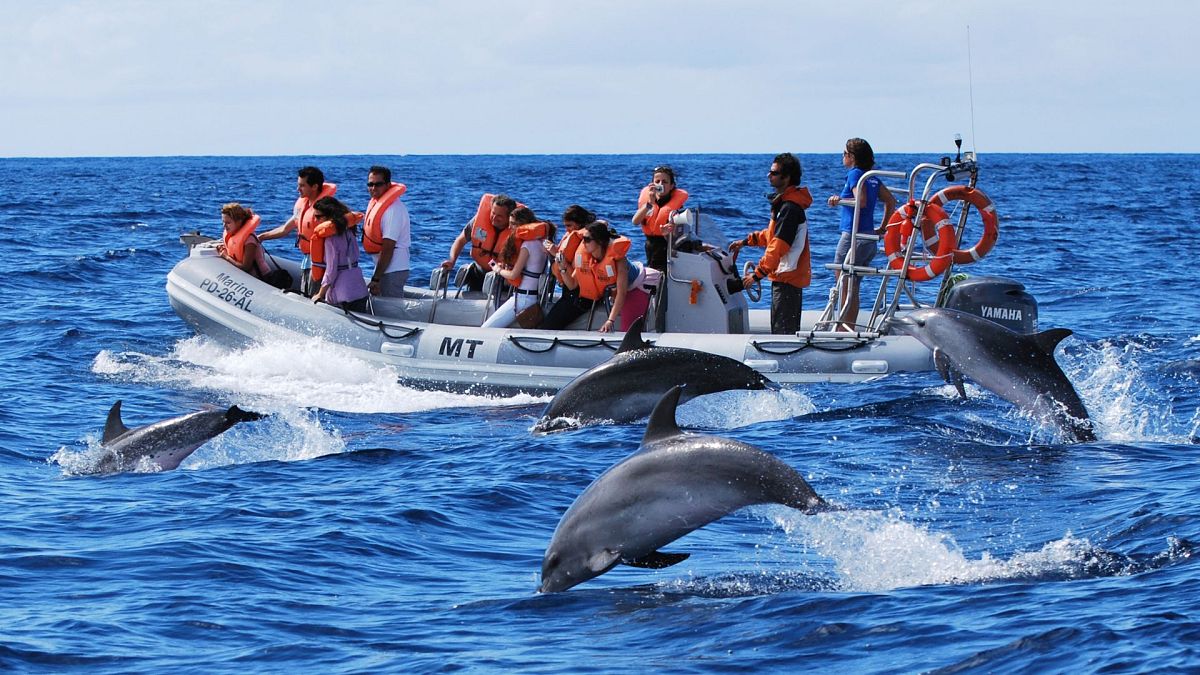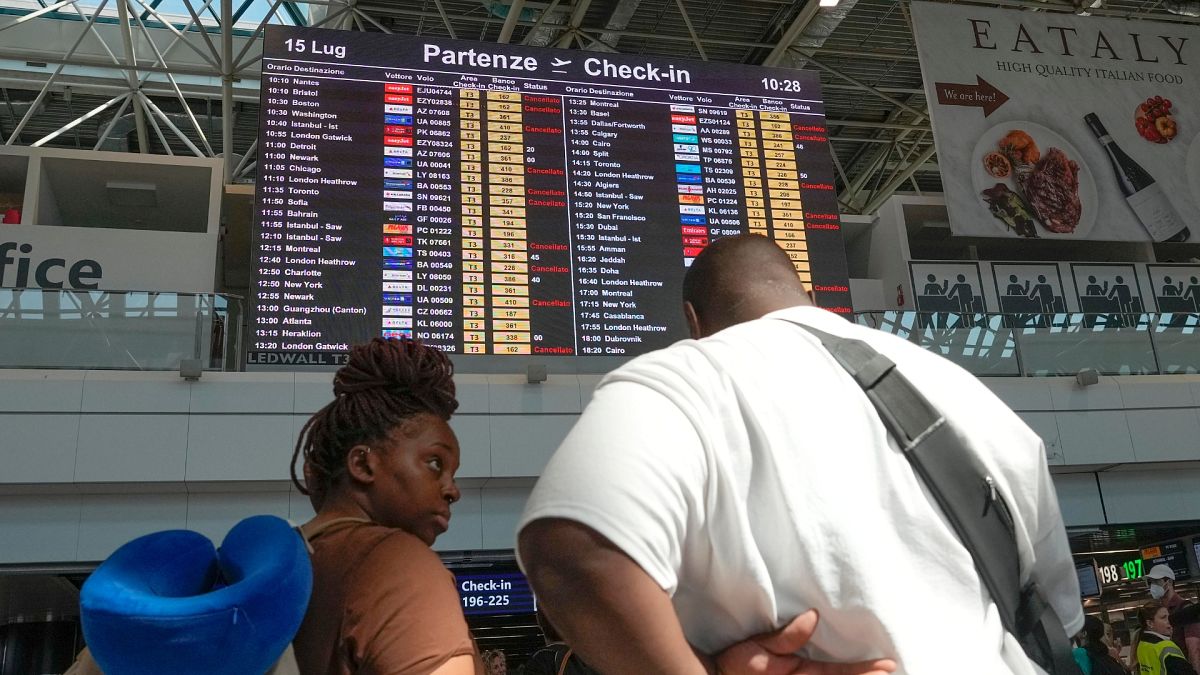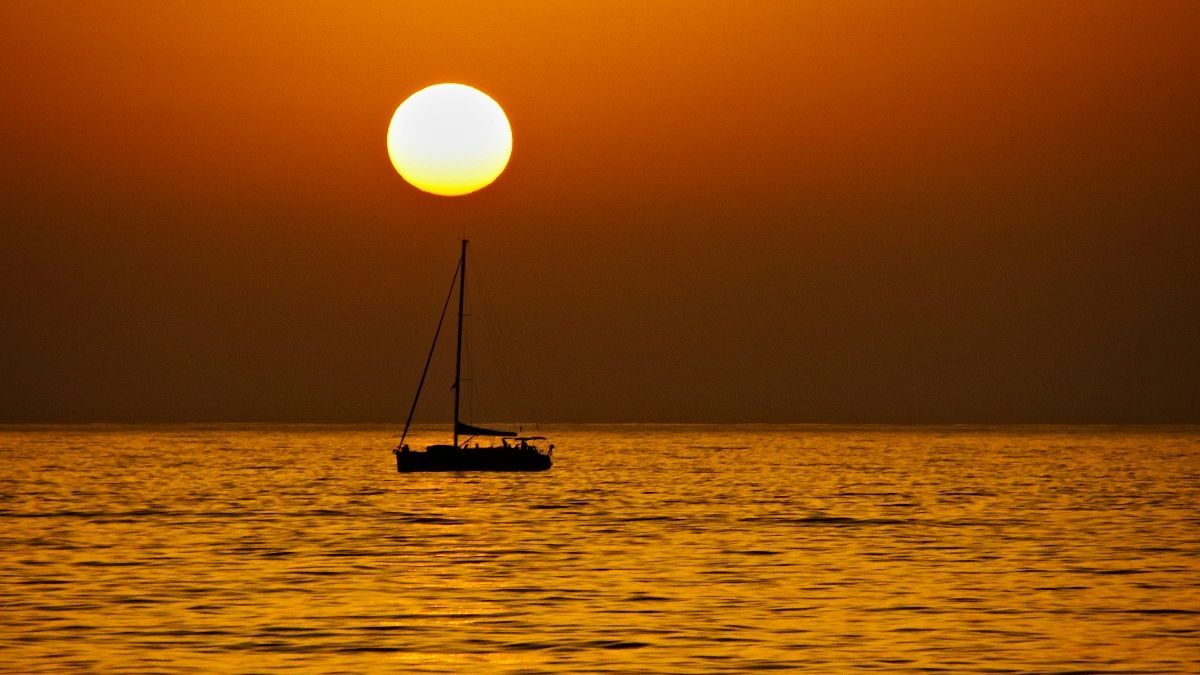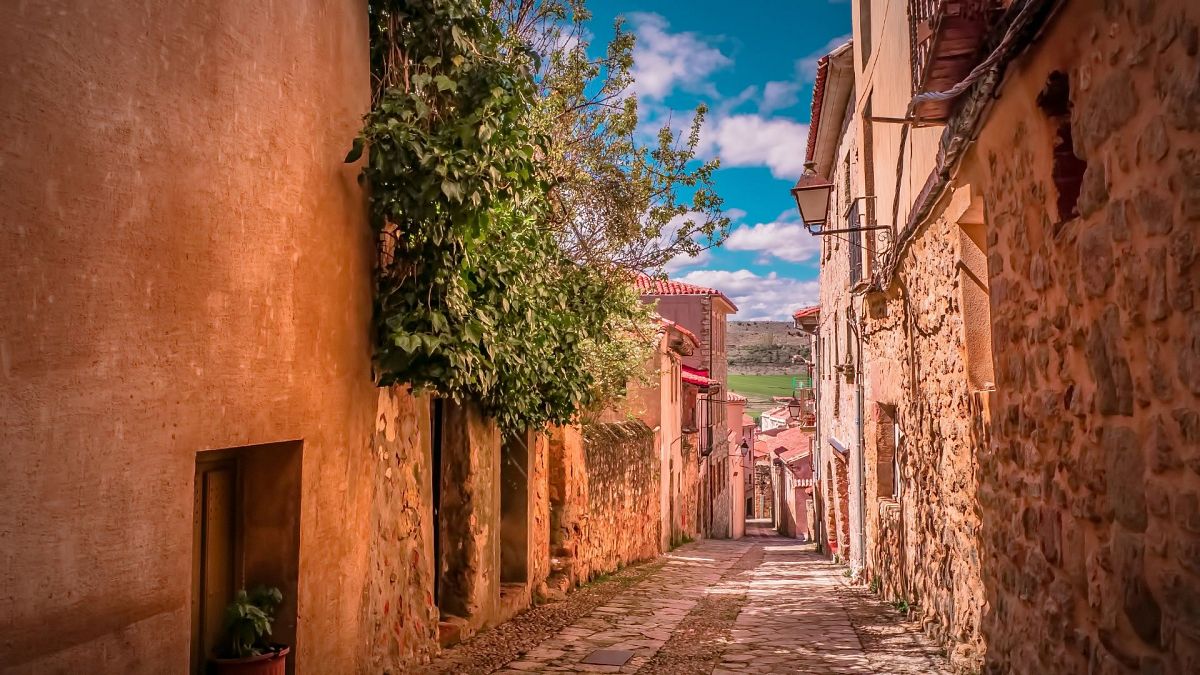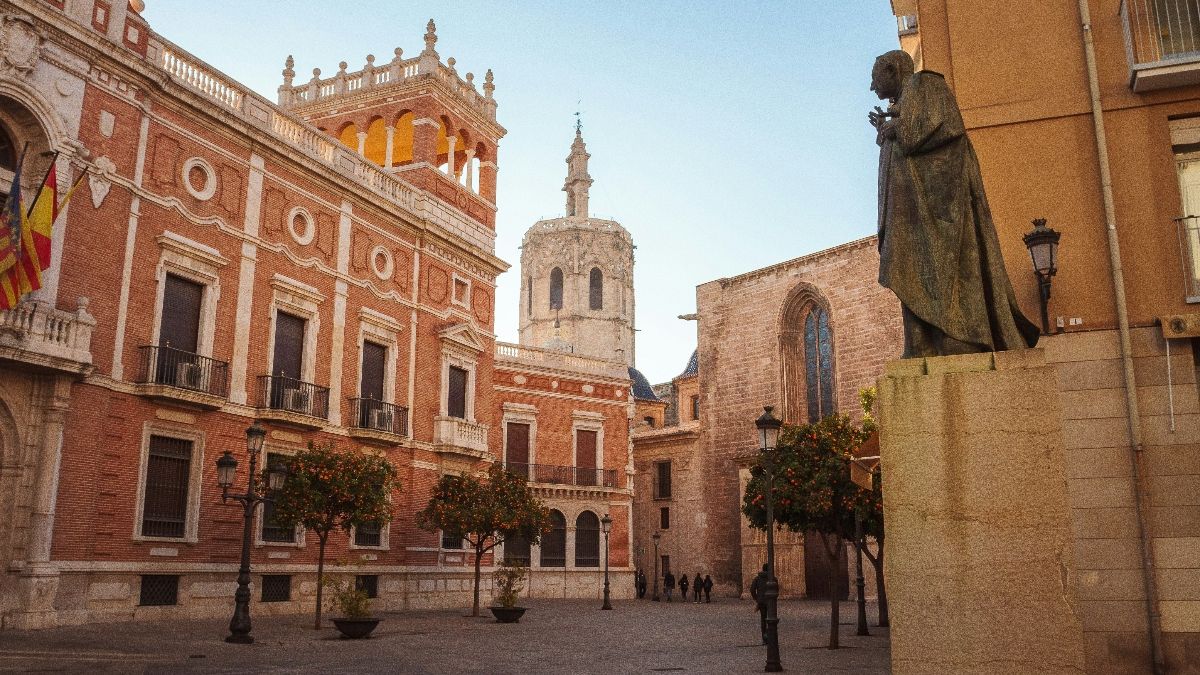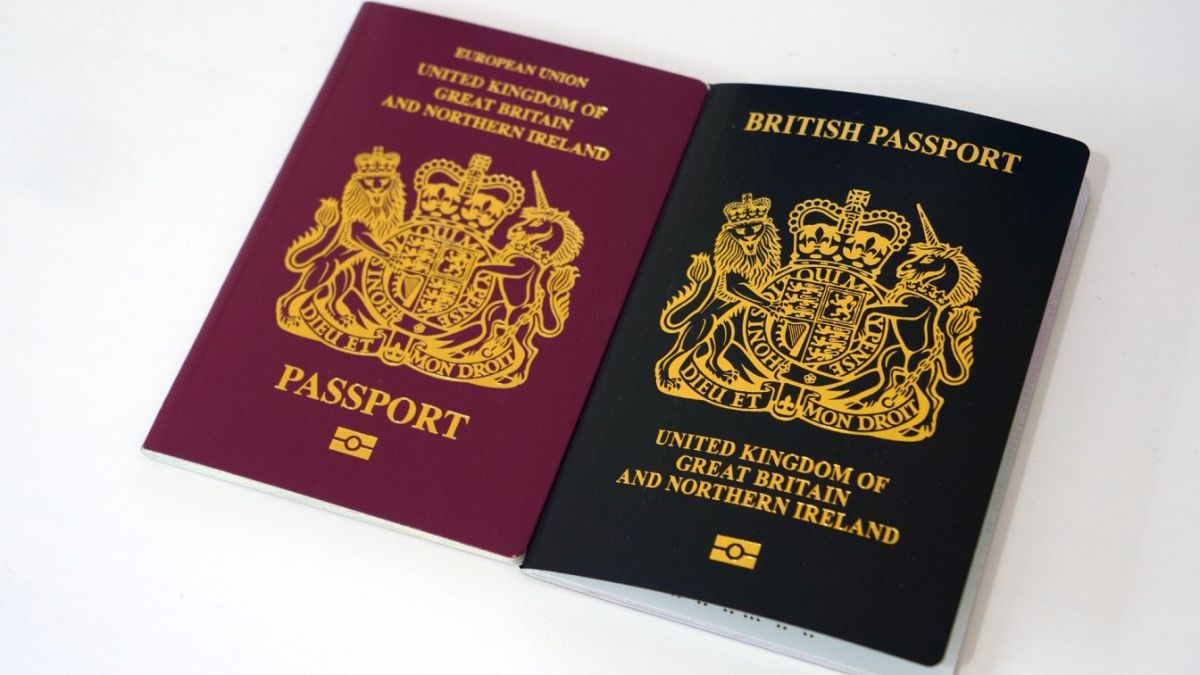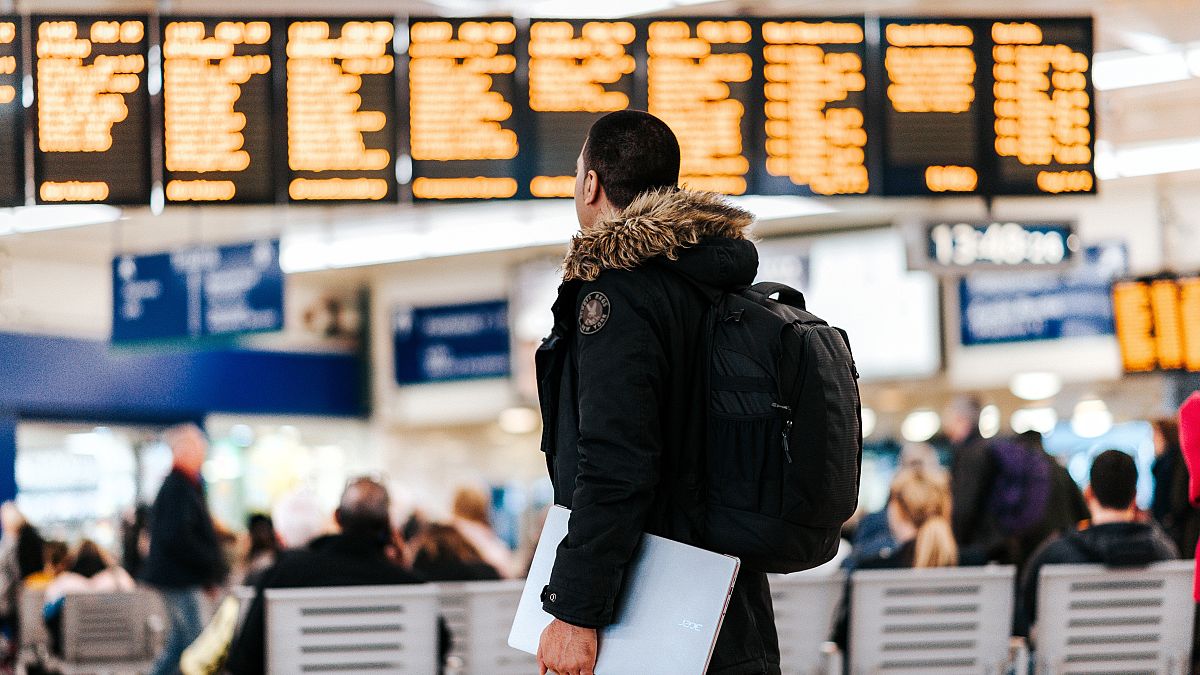Canada fires: Is it safe to travel to Quebec, Nova Scotia and BC?
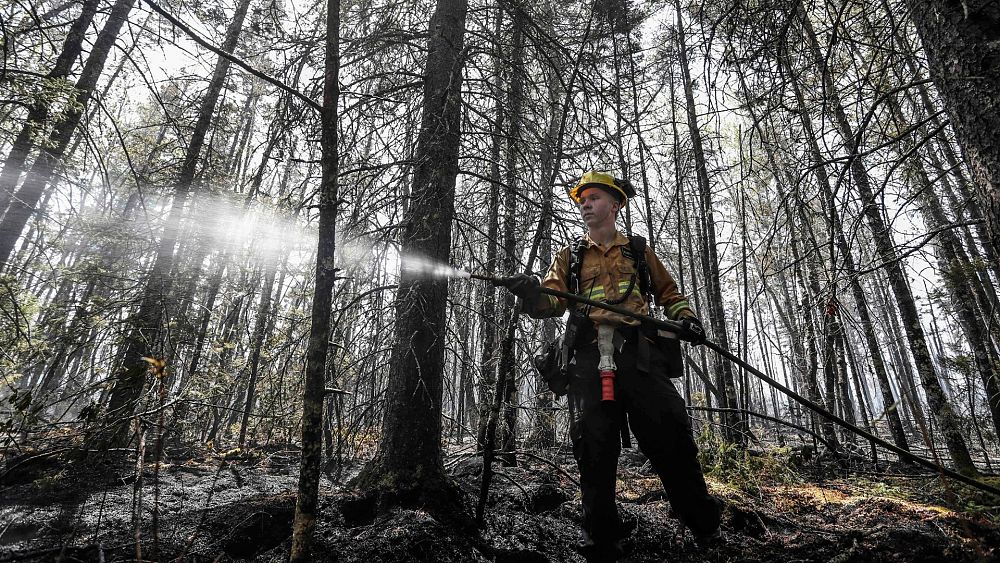
Wildfires in Canada have led to evacuations and air quality warnings. Here’s everything tourists need to know.
Unprecedented wildfires have been ravaging Canada’s Atlantic coast since last week.
This came after an unusually fierce start to fire season in the west of the country in May.
Nova Scotia is battling to contain its largest wildfire on record, while 10,000 residents in coastal Quebec have been forced to evacuate due to blazes on Friday.
A record 2.7 million hectares of Canadian land has been scorched so far in 2023 – more than 10 times the annual average for this time of year.
Which parts of Canada are affected by wildfires?
The province of Nova Scotia on Canada’s east coast has been hardest hit by wildfires in recent days. Long awaited rain over the weekend helped to bring fires under control, but some areas are still affected.
While the Tantallon fire northwest of Halifax is now under control, Shelburne County in the southwest of the province continued to burn out of control as of yesterday (4 June). Schools in the area remain closed on Monday and Tuesday.
Over 150 wildfires are burning in the province of Quebec, which authorities are struggling to bring under control. Access has been banned or limited to 13 of the state’s parks.
In the coastal city of Sept-Iles, a local state of emergency was declared on Friday due to wildfires and thousands of people were evacuated. The southwest Quebec city of Val d’Or is the latest to declare a state of emergency.
Quebec City has not been affected by the wildfires and businesses remain open.
Ontario has also been heavily impacted by fires in recent days, with Toronto considered under extreme risk of forest fires last week.
Since early May, Alberta and British Columbia (BC) in western Canada have also been battling major blazes, leading to deployment of the armed forces. Travel warnings have been issued in parts of BC.
In Vancouver, the ‘very high risk’ air quality advisory has been lifted after fires last month but this may not last.
You can stay up to date with the latest wildfires and their severity through the Canadian Wildland Fire Information System’s (CWFIS) fire weather maps.
Is it safe to travel to Canada during wildfires?
Thousands of people have been evacuated and hundreds of homes destroyed in Canada’s recent wildfires.
While it is still safe to travel to most parts of Canada, you should check for wildfire updates and follow guidance from local authorities.
Be sure to follow burn bans and restrictions. In some provinces, such as Nova Scotia, open fires are currently not permitted – including in parks and campgrounds. In Quebec, open fires are not permitted in or near forested areas.
The Canadian government warns that wildfire smoke can be carried hundreds of thousands of kilometres from the fire zones, causing harmful air pollution.
Air quality warnings have been issued as far south as Virginia in the US. This is particularly dangerous for older adults, young children, pregnant people, and people with respiratory problems.
Wearing a PM 2.5 mask could help to protect from air pollution to some extent.
How to stay safe during Canada’s wildfires
If you are travelling in fire-affected areas, stay up to date on local road, park and forest closures. Be sure to pack snacks and water in case your journey is delayed.
You should avoid outdoor activities in areas affected by wildfires.
While at your accommodation, you are advised to keep doors and windows closed. When using an air conditioner, you should use the ‘recirculate’ setting to avoid bringing in outdoor air.
Wildfires often coincide with extreme heat, creating a double threat. Check ahead for temperature warnings and take extra precaution if you are visiting areas affected by heat.
Source: Euro News



